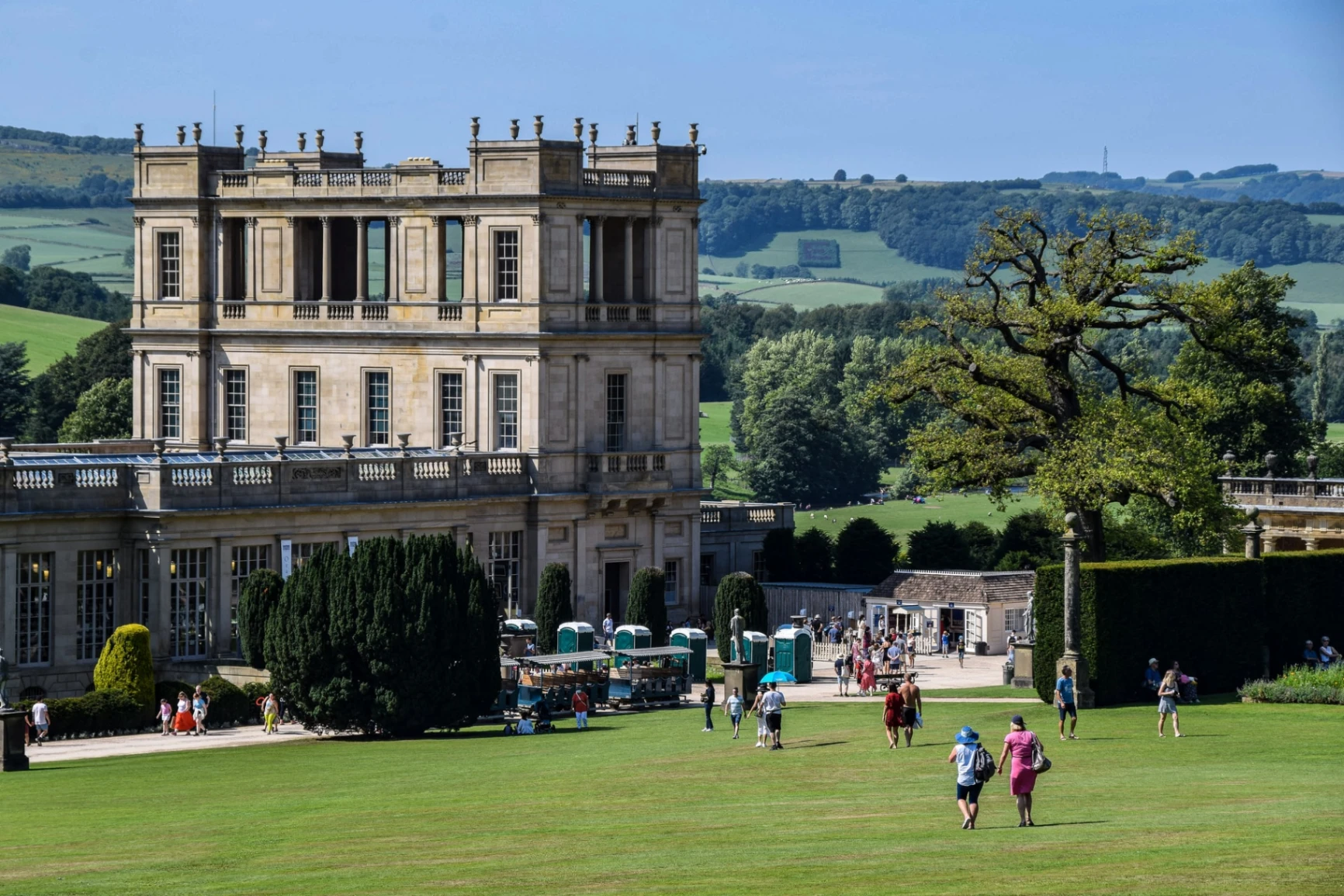10 things you only know if you live in Derbyshire
We're still learning about Derbyshire's rich culture and heritage but here are a few things that we've discovered, and may be a surprise to you too.

1. Ey up me Duck
The local equivalent of 'hello, love' in Derbyshire is 'hello, duck'. It's a term of endearment and greeting. If you're going full on, you would say, 'ey up me duck'.2. Royal Shrovetide Football
Played on Shrove Tuesday and Ash Wednesday in Ashbourne, Shrovetide Football is played between two teams, the up'ards and the down'ards. You fall into one or other category depending on which side of the river you were born.
The two teams comprise of hundreds, if not thousands, of players. Play starts at 14:00 when the ball is 'turned up' in the Shawcross Car Park. There are few rules. The aim is to get the ball to one of the goals (stone structures) which are located several miles apart. Imagine a giant rugby scrum. The ball has to hit the stone structure three times to be classed as a goal.
Play finishes around 10 p.m. and starts again the following day.
All the shops are closed, the windows boarded up, and play takes place throughout the town, in the river and across fields.
The ball is larger than a football and filled with cork so that it will float. In the past, it's believed the game, dating back to 1667, was once played with a severed head!3. Well dressing
Well dressing apparently began in Derbyshire. Once a year the local communities create designs for the village wells. Made from leaves, flowers and other natural ephemera, these decorative boards are located at the wells and springs.4. Buxton water
St Ann's Well provides continuously running water. Locals drive up with their car boot full of bottles to stock up on the free, famous thermal waters. The well is dressed each year as part of the well dressing.5. JFK connection
JFK's sister, Kick, aka Kathleen Cavendish, Marchioness of Hartington, married William Cavendish, Marquess of Hartington, the heir apparent of the 10th Duke of Devonshire. She later died in a plane crash and was buried in the churchyard at Edensor, near Chatsworth House. On 29th June 1963, JFK visited his sister's grave. There's a plaque to mark the occasion.6. Films
Haddon Hall has been used as a film location for Jane Eyre, Mary Queen of Scots, The Other Boleyn Girl, Pride and Prejudice and The Princess Bride.7. Bakewell Pudding or Bakewell Tart?
Bakewell Pudding was, apparently, made by accident the cook at the Rutland Arms Hotel Instead of adding the eggs and almond paste to the pastry, she spread it on top of the jam, creating the Bakewell Pudding.
Bakewell Tart developed as a variant of the Pudding. It has a shortcrust pastry shell with layers of jam, frangipane, and topped with flaked almonds.8. Pride and Prejudice
Jane Austen stayed at the Rutland Arms Hotel where she revised Pride and Prejudice. Locations in the book were based on Derbyshire towns, villages and stately homes.
Chatsworth = Pemberley
Bakewell = Lambton9. The Plague Village
Eyam (pronounced eem) was the village where an outbreak of the plague in 1665 resulted in the deaths of 260 people (out of a population of 800). The Rector quarantined the village to prevent the plague from spreading.10. Viking heritage
Repton is the location where the remains of hundreds of Vikings were found in the 1980s. Thought to date back to the ninth century, other finds included coins and pendants.


No comments.